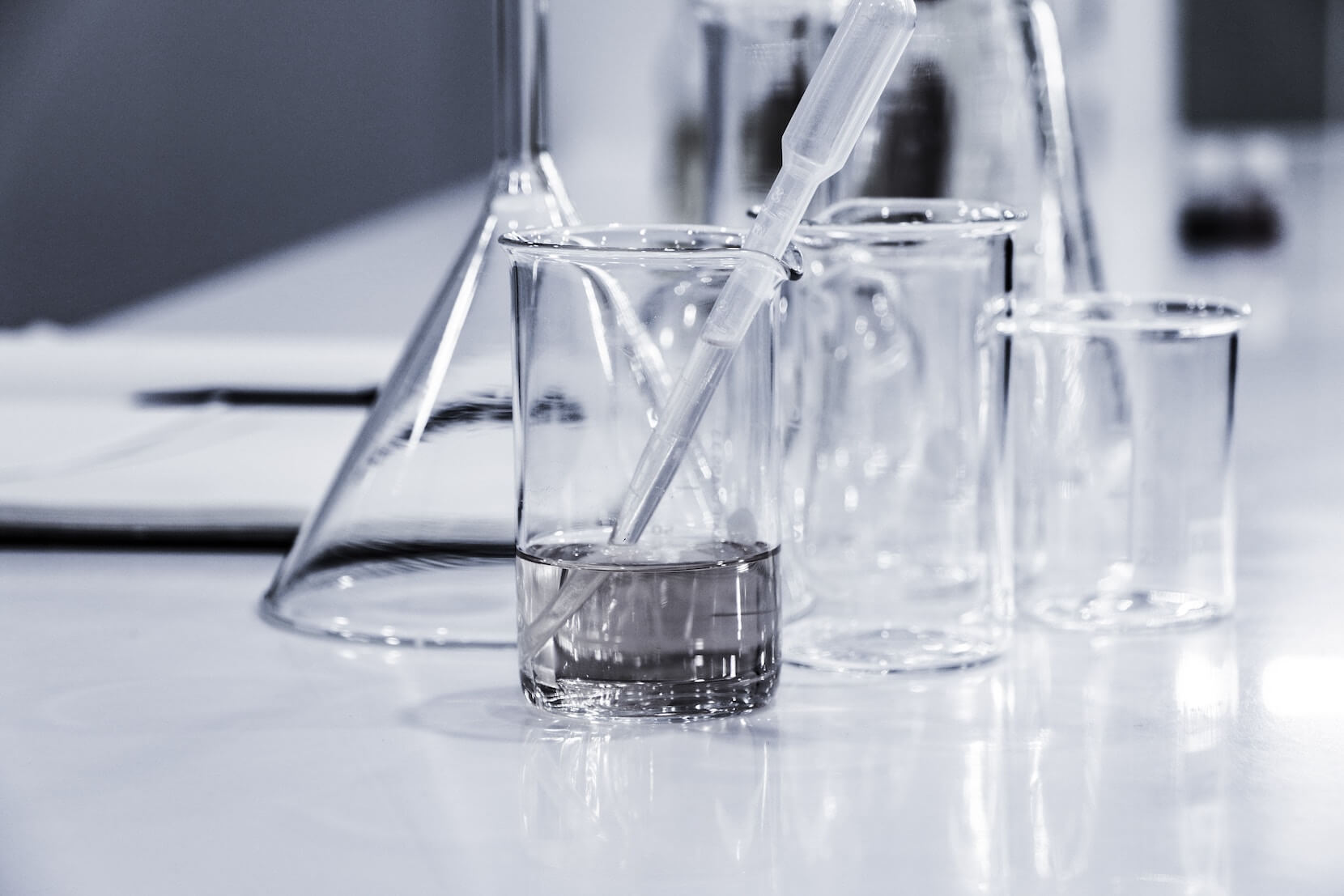Contact time notice
To disinfect water and make it safe to drink we must add the right amount of chlorine for the correct length of time. We issue Contact time notices if the chlorine disinfection process has not worked.
Chlorine and contact time notices
Chlorine is used throughout the world for treating water. It is very effective at killing harmful bacteria that could cause illness. For chlorine to work, there needs to be enough chlorine added, but it also needs sufficient time. The standard for contact time has been set by the World Health Organisation (WHO). Uisce �ireann is applying this standard as part of our National Disinfection Programme.
When we issue a Contact time notice
We regularly monitor and test all water supplies. If we find there is a issue with Contact time, we:
- Consult the Health Service Executive (HSE), the statutory authority on public health
- Tell affected customers if our consultation with the HSE determines there is a risk to public health
- Place a boil water notice / advisory notice on the water supply
- Notify the Environmental Protection Agency (EPA)
- Investigate the cause of the issue and correct it
To protect public health, we sometimes issue a notice before test results confirm the risk. For example, if a disinfection system fails or a water source is polluted.
Supplies where Contact Time Advisory Notices are in place
| Water supply | Population affected (est.) | No of properties affected (est.) | Total population | % of supply affected | Notice issued | Notice lifted (est.) | Notice type |
|---|---|---|---|---|---|---|---|
| Knockadoon | 27 | 9 | 132 | 27 | 31/07/2019 | TBC | Dual |
| Water supply | Population affected (est.) | No of properties affected (est.) | Total population | % of supply affected | Notice issued | Notice lifted (est.) | Notice type |
|---|---|---|---|---|---|---|---|
| Aughacasla | 42 | 14 | 342 | 12 | 09/06/2020 | Q2 2021 | Dual |
| Water supply | Population affected (est.) | No of properties affected (est.) | Total population | % of supply affected | Notice issued | Notice lifted (est.) | Notice type |
|---|---|---|---|---|---|---|---|
| The Strand | 6 | 3 | 6 | 100 | 13/11/2020 | Q2 2021 | BWN |
| Water supply | Population affected (est.) | No of properties affected (est.) | Total population | % of supply affected | Notice issued | Notice lifted (est.) | Notice type |
|---|---|---|---|---|---|---|---|
| Slane | 3 | 1 | 3,010 | 0.1 | 05/07/2019 | 2021 | BWN |
| Longwood | 6 | 2 | 1,725 | 0.35 | 05/07/2019 | 2021 | BWN |
| Water supply | Population affected (est.) | No of properties affected (est.) | Total population | % of supply affected | Notice issued | Notice lifted (est.) | Notice type |
|---|---|---|---|---|---|---|---|
| Clonmel Poulavanogue | 96 | 36 | 2,566 | 4.2 | 11/10/2018 | TBC | Dual |
| Water supply | Population affected (est.) | No of properties affected (est.) | Total population | % of supply affected | Notice issued | Notice lifted (est.) | Notice type |
|---|---|---|---|---|---|---|---|
| Carrignagower | 13 | 14 | 38 | 92 | 22/12/2021 | TBC | Dual |
| Tinnabinna | 16 | 36 | 96 | 44 | 22/12/2021 | TBC | Dual |
| Joanstown | 104 | 41 | 112 | � | 07/01/2022 | TBC | Dual |
| Graiguenageeha | 46 | 17 | 40 | � | 07/01/2022 | TBC | Dual |
National Disinfection Programme
As part of this programme, we found a small number of properties where the water supply was not fully disinfected. These properties were all located close to a water treatment plant and the water supply had enough chlorine added. However, the water did not have the required 30 minutes to react with the added chlorine.
This water did not reach the minimum standard, set by WHO, for disinfection. We consulted with the HSE and the EPA. To protect public health, we issued notices to all the affected properties.
WHO water standards
Contact time (Ct) is a minimum standard set down by the World Health Organisation (WHO) which all drinking water supplies must meet. Uisce �ireann is applying this standard as part of its National Disinfection Programme.
Contact Time is expressed in a compound unit called milligram minutes per Litre (mg.mins/Litre). According to the WHO, water with a Ct of 15mg.min/L is the minimum standard for disinfection, for example:
- If your water has 0.5mg/L chlorine present and it has been allowed to fully mix for 30 minutes, then the Ct is 0.5mg/L x 30 minutes = 15mg.min/Litre. This is the minimum WHO standard for disinfection.
- If your water has 0.5mg/L chlorine present and it has been allowed to fully mix for only 20 minutes, then the Ct is 0.5mg/L x 20 minutes = 10mg.min/Litre. This does not meet the minimum WHO standard for disinfection.
- If too much chlorine is added to your drinking water to compensate for the short contact time, then your water may develop an unacceptable chlorine taste.

